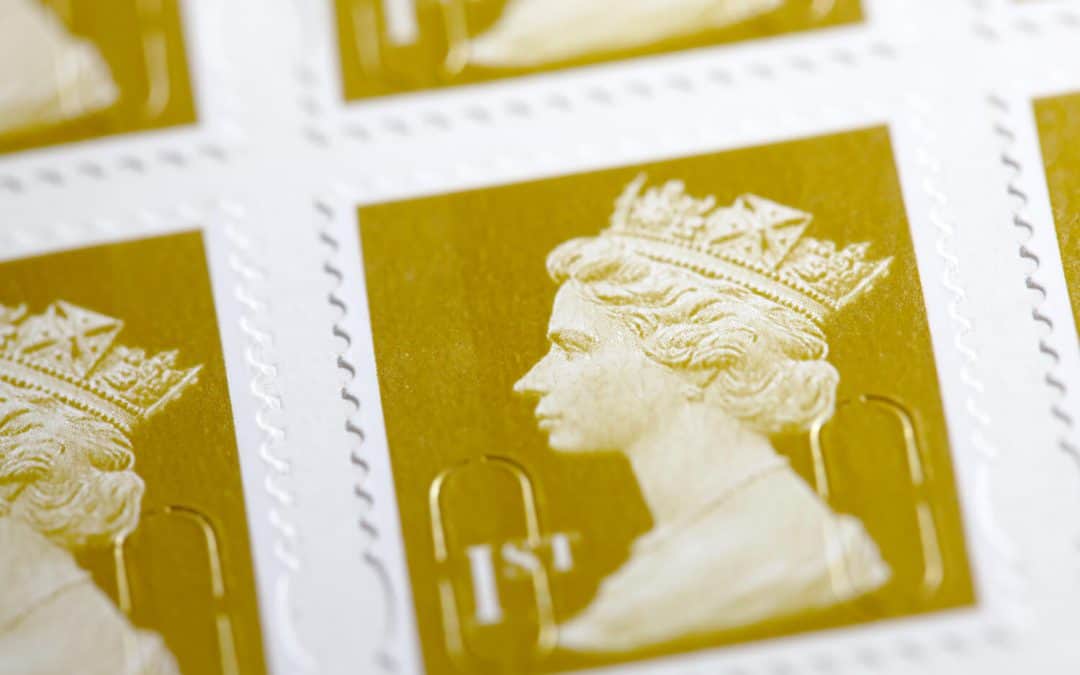When planning your organisation’s election, it is important to think about the voter journey and how to get the best results. UK Engage believes that printed election materials still have a place in democratic processes. They also believe paper ballots can generate improved voter turnout, despite the popularity of online solutions.
Despite talk of the unstable future of print, in fact, research shows demand is still there and that paper remains a valued channel when deployed in the right way, sent to the correct demographic, for the right purpose.
As the cost associated with printed election materials is often higher than online channels, UK Engage would recommend that organisations that incorporate paper ballots as a voting mechanism, make them as efficient as possible to:
A. attract the voters’ attention and
B. make the voting experience quick and easy to do.
The Importance of Printed Materials in Enhancing Voter Engagement
Printed election materials serve as a direct line of communication with voters, providing them with essential information in a format that is easy to digest and retain. Research indicates that well-designed printed materials can significantly boost voter turnout by:
Increasing Visibility: Printed materials are more likely to be noticed and read compared to digital communications that may be overlooked in crowded inboxes.
Enhancing Comprehension: Physical documents allow voters to engage with the content at their own pace, leading to better understanding and informed decision-making.
Building Trust: Tangible materials can convey a sense of legitimacy and seriousness, encouraging voters to participate.
Designing Effective Printed Election Materials
The design of printed materials is paramount in capturing voters’ attention and conveying information clearly. Key design elements include:
Clear Typography: Use legible fonts and appropriate sizes to ensure readability.
Strategic Use of Colour: Employ colours that align with your organisation’s branding and highlight important information without overwhelming the reader.
Logical Layout: Organise content in a structured manner, using headings, bullet points, and white space to guide the reader through the material.
Inclusive Design: Ensure that materials are accessible to all members, including those with visual impairments, by adhering to accessibility standards.
Designing Effective Printed Election Materials
Printed election materials remain a crucial tool in organisational elections, offering a tangible way to engage voters and clearly communicate important information. When designing these materials, attention to wording, instructions, support details, and production quality can make all the difference in encouraging participation and minimising confusion.
Clear and Motivating Ballot Paper Wording
The wording on your ballot paper should be crafted to encourage members to vote. Use short, straightforward sentences that explain the importance of the vote and how it contributes to the election outcome. This helps voters understand their role and the impact their participation can have.
If multiple voting channels are available, clearly state this to avoid misunderstandings. Voters need to know whether they can only vote once or through different methods. Equally important is to highlight the voting deadline, often reinforced visually with a graphic, to capture attention and ensure timely participation.
Simple and Precise Voting Instructions
Providing clear instructions on how to use the ballot paper reduces spoilt votes. Depending on the voting method—whether First Past the Post (FPTP) or Single Transferable Vote (STV)—instructions will differ. For FPTP, ask voters to mark crosses in the boxes, while for STV, numbers indicate preferences. Since STV can be more complex, offering a brief explanation can help voters complete their ballots correctly and confidently.
Providing Support and Contact Information
Including contact details for election support on printed materials is essential. When an independent adjudicator oversees the election, their contact information should be prominently displayed. This ensures members know where to turn with questions, preventing unnecessary calls or emails to other organisational departments and maintaining a smooth election process.
Print & Postage Support
Working with an experienced electoral stationery printer can offer many benefits in terms of data security, print costs and mailing rates. As reputable election services providers produce millions of pieces of electoral stationery each year, they are best placed to offer the best print and postage rates on ballot mailings. In addition, they handle huge amounts of data, securely, adhering to data protection guidance. In addition, working to ISO accreditations such as ISO 27001.
Successful Elections With UK Engage
While digital tools offer convenience and efficiency, printed election materials remain a vital part of organisational elections. By thoughtfully integrating both methods, organisations can ensure a more inclusive, engaging, and effective electoral process.
Many clients who work with UK Engage experience high satisfaction when it comes to turnouts of postal ballots. Recently, UK Engage worked with a leading UK utility provider to run an election. These postal responses accounted for 82% of the overall turnout. Implementing simple techniques when designing the ballot paper can help justify the extra cost associated with postal ballot packs.
For assistance in designing and implementing effective printed election materials, contact UK Engage at democracy@uk-engage.org or call 0345 293 5555.

